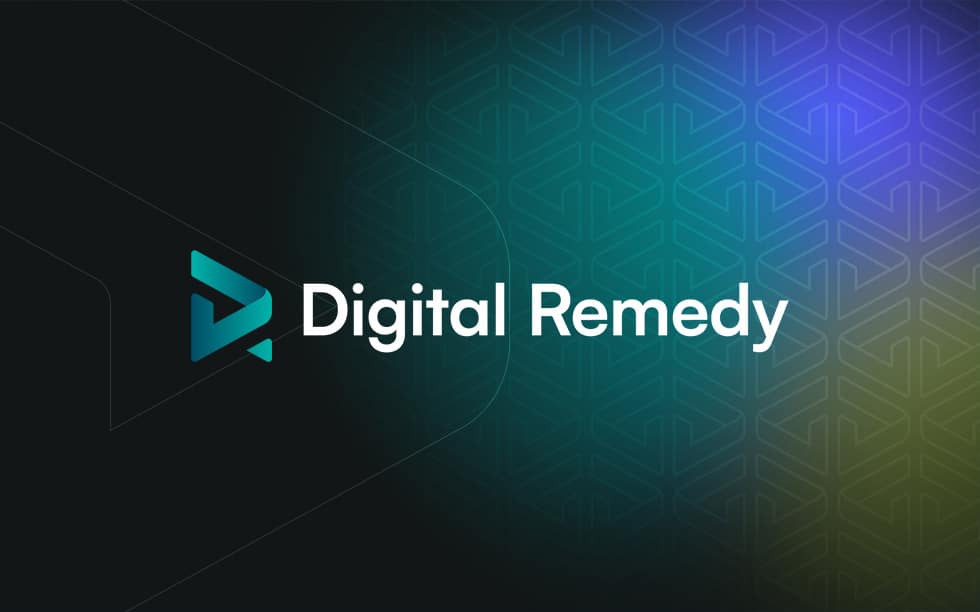Aug 13, 2021
Ad fraud is a low-risk, high-profit crime, which is what makes it so attractive to fraudsters. According to Juniper Research, global digital ad fraud will cost companies $100b by 2023. The latest target? Digital audio. Brittany Paril, Product Insights Marketing Manager at Digital Remedy, was recently featured on Mediatel News, discussing key points and red flags that…

Ad fraud is a low-risk, high-profit crime, which is what makes it so attractive to fraudsters. According to Juniper Research, global digital ad fraud will cost companies $100b by 2023. The latest target? Digital audio. Brittany Paril, Product Insights Marketing Manager at Digital Remedy, was recently featured on Mediatel News, discussing key points and red flags that marketers need to know and look out for in the fight against this evolving threat and the importance of strategic partnerships with the right technology and data providers to protect brand reputation and budgets against scammers. Here’s some highlights:
To avoid fraudulent or low-quality audio traffic, some main identifiers and red flags that marketers can look out for include:
To better understand the new breed of fraud within this rapidly-growing channel and how to effectively combat it, marketers need to be proactive, vigilant, and strategic in their efforts. The new ad fraud methods require new protection measures. That’s why we partner with Protected Media to leverage fraud prevention technology to catch fraud before it takes place and ad dollars are wasted.
Check out the full article on Mediatel News and be sure to follow Digital Remedy on LinkedIn and Twitter for additional industry insights.
Related Posts

In the constantly evolving digital advertising landscape, agility and flexibility are paramount. As agencies and advertisers look to maximize.

When COVID-19 upended the world in early 2020, the ripple effects were swift and far-reaching across every industry, and.

As artificial intelligence continues to dominate headlines and industry conversations, confusion still lingers—especially around the relationship between artificial intelligence.